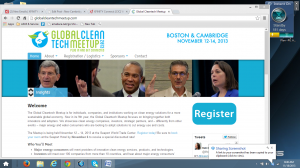Can Digital Innovation Transform Health Care? Part III: Apps, Devices & Roadblocks
Links to
Part I Overview, Watson, analytics
Part II digital devices, long term care.
Part III Apps, devices, roadblocks
Behavioral and Population Health; Roadblocks to change
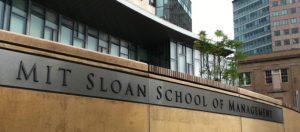 Can mobile apps really improve mental health? Cut the costs of health care? Help professionals track and care for patients? At a day-long conference sponsored on health systems innovation organized the MIT/Sloan MIT Initiative for Health Systems Innovation (HSI), experts from a variety of fields attempted to answer those and other questions aimed at furthering a transformation of the US healthcare system. Part III of a series about the conference describes apps and devices for behavioral health, personalized and long-distance care. It also discusses new state models to integrate community, health and social systems aimed at tracking and caring for patients and points out that no matter how sophisticated the technology, it is still up to human beings to make it work.
Can mobile apps really improve mental health? Cut the costs of health care? Help professionals track and care for patients? At a day-long conference sponsored on health systems innovation organized the MIT/Sloan MIT Initiative for Health Systems Innovation (HSI), experts from a variety of fields attempted to answer those and other questions aimed at furthering a transformation of the US healthcare system. Part III of a series about the conference describes apps and devices for behavioral health, personalized and long-distance care. It also discusses new state models to integrate community, health and social systems aimed at tracking and caring for patients and points out that no matter how sophisticated the technology, it is still up to human beings to make it work.
Behavioral Health
Dan Mordecai, MD, National Leader, Mental Health and Wellness at the managed care consortium Kaiser Permanente described:
- Promising mobile apps aimed at helping people prevent or overcome eating disorders, addiction, or suicide; remain on diets or exercise plans; or connect them with treating providers or coaches.
- Wearables that can measure how much people move or perform text and voice analysis to help professionals understand who needs care, months or years before it is needed.
- Predictive analytics to help prevent self-harm
While many of the above technologies have yet to be proven effective, Mordecai said, telehealth technology has been shown to be helpful in supporting and promoting long-distance health care for areas with shortages of medical personnel. Telehealth may be carried out through videoconferencing, store-and-forward imaging, streaming media, and terrestrial and wireless communication.
Mordecai also pointed out that with digital advances, “we are moving from individual doctor patient relationships” to a “personalized’” system, which relies increasingly on data, but that “there is a long way to go.” Mordecai plans to use what he termed “crowd sourcing” to analyze the effectiveness of apps and other new health technologies, based on the electronic health records of Kaiser Permanente’s nearly 12 million patients.
State models and population health
Analysis like that used at Kaiser Permanente is crucial for assessing treatment and cutting costs, but it is more challenging to perform outside of managed care programs, which have access to a vast array of patient records, according to Michael Wilkening, the California Undersecretary for Health and Human Services. Analysis to records for care funded by government or private insurance is hampered by fragmented social, health provider and insurance systems and by legal and technical challenges of sharing patient data among those systems,
 The New York State Medicaid director, Jason Helgerson, pointed out that for state Medicaid systems, which serve mainly low-income populations, it can be difficult to simply keep track of patients, much less co-ordinate and evaluate their care or reduce their treatment costs. As an example, he described a city homeless shelter that serves breakfast and dinner, but not lunch. Hungry residents regularly go to the fire station next door and complain of chest pain; they are taken by ambulance to a hospital emergency room, where they are evaluated, at high cost, given lunch, and then transported back to the homeless shelter in time for dinner.
The New York State Medicaid director, Jason Helgerson, pointed out that for state Medicaid systems, which serve mainly low-income populations, it can be difficult to simply keep track of patients, much less co-ordinate and evaluate their care or reduce their treatment costs. As an example, he described a city homeless shelter that serves breakfast and dinner, but not lunch. Hungry residents regularly go to the fire station next door and complain of chest pain; they are taken by ambulance to a hospital emergency room, where they are evaluated, at high cost, given lunch, and then transported back to the homeless shelter in time for dinner.
Medicaid systems in at least several states are working on projects to prevent such situations by better integrating social services with medical and behavioral health care. Some are starting to employ analytics to recommend, monitor and measure the success of treatments, and to pay for performance rather than service. As a result, Helgerson said, “Medicaid may be in the best position to drive change” in health delivery systems.
Roadblocks to change
Still, as a variety of speakers pointed out, despite the promise of digital innovation, there are many roadblocks to change. Such roadblocks include: reluctance to replace or augment human decision-making with digital solutions; complex reimbursement systems and the need for insurer “buy-in” to pay for new technologies; disparate stakeholders with different goals; issues of privacy and security; the tendency of legislators and other policymakers to view health problems as individual rather than societal; failure to address the lack of food and shelter that leads to poor health and expensive repeat hospital visits; and, last but not least, cost.
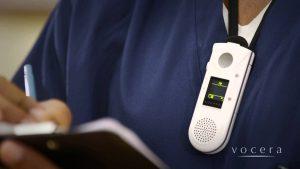 In the words of Vocera’s Elizabeth Boehm, regarding systemic change, “it takes more than technology to get it done.“
In the words of Vocera’s Elizabeth Boehm, regarding systemic change, “it takes more than technology to get it done.“
And, as Restef Levi, of the Sloan School, put it: “Technology is important but…at the end of the day, health is about humans.”
LINKS TO:
Part I Overview, Watson, analytics
Part II digital devices, long term care.
Part III Apps, devices, roadblocks
Videotapes and photos of the conference, held November 29, 2017, are available at http://mitsloan.mit.edu/alumni/events/2017-cambridge-health-conference/
–Anita M. Harris
Anita Harris is a writer and communications consultant specializing in health science and technology.
New Cambridge Observer is a publication of the Harris Communications Group, a content and digital marketing firm based in Cambridge, MA.
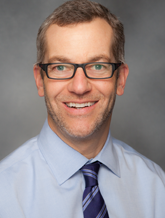



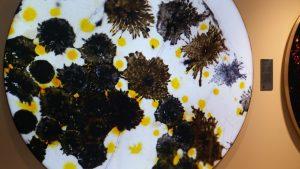
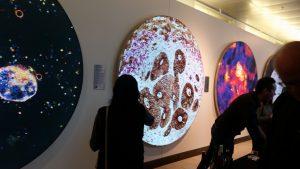

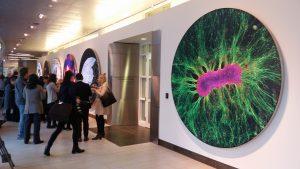


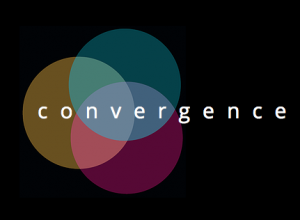

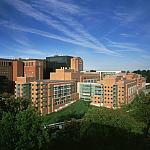

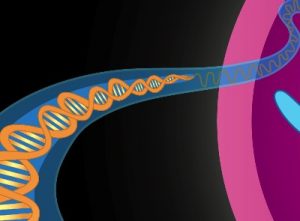
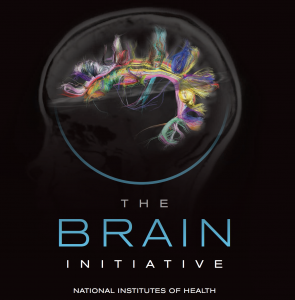
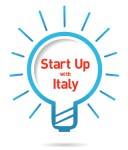


 The event will also honor constructivism pioneer and MIT Professor Seymour Papert for his contributions to education, including his promotion of technology use in classrooms.
The event will also honor constructivism pioneer and MIT Professor Seymour Papert for his contributions to education, including his promotion of technology use in classrooms.